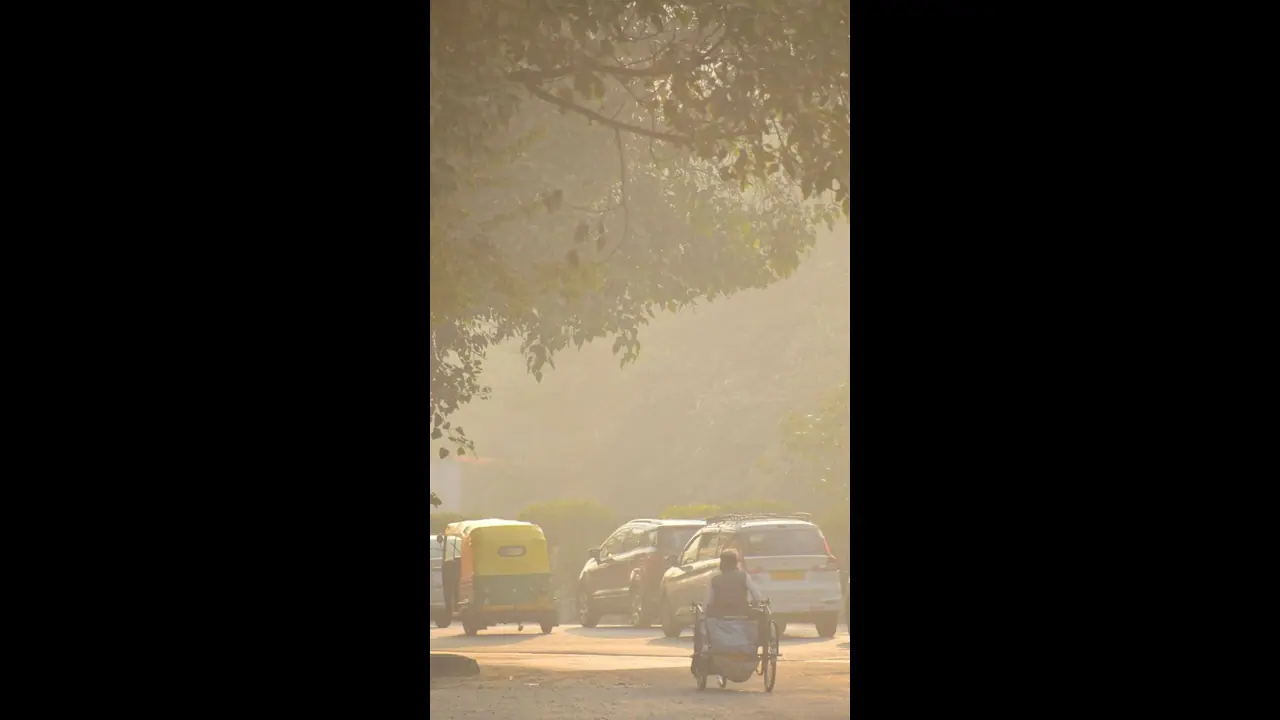The WHO suggests that average annual readings of tiny and hazardous airborne particles known as PM2.5 should be less than five micrograms per cubic metre.
An analysis of pollution in 6,475 cities revealed on Tuesday that not a single country managed to meet the World Health Organisation's air quality standard in 2021, and smog reversed in some regions after a COVID-related dip.

The WHO suggests that average annual readings of tiny and hazardous airborne particles, known as PM2.5, should be less than five micrograms per cubic metre. Post changing its guidelines last year, stating that even low concentrations caused significant health risks.
However, 3.4 per cent of the studied cities met with the standard in 2021, as per the data by IQAir, a Swiss pollution technology company that monitors air quality. Nearly 93 cities saw PM2.5 levels at ten times that recommended level.
The Air quality science manager with IQAir, Christi Schroeder, stated that a lot of countries are making big strides in reduction. China begins with big numbers, and they are continuing to decrease over time. However, there are also places in the world where it is getting worse, she added.
The data released in India, the pollution worsened in 2021, and New Delhi remained the world's most polluted capital. Bangladesh remains the most polluted country from the previous year. While Chad came in second after statistics from the African country was incorporated for the first time.
China has been fighting pollution since 2014, dropping to 22nd in the PM2.5 rankings in 2021, down from 14th the previous year, with average readings improving marginally over the year to 32.6 micrograms, according to IQAir.
In the northwestern region of Xinjiang was China's worst-performing city, with average PM2.5 readings of more than 100 micrograms, largely caused by sandstorms. It was surpassed on the list of Bhiwadi and Ghaziabad's most polluted cities, both in India.
Also Read: Bengaluru air pollution reports higher than WHO standards
Also Read: Delhi air quality improves narrowly, shows AQI at 301; remains in very poor category
Also Read: Delhi air quality remains in very poor category as people gasp for fresh air
